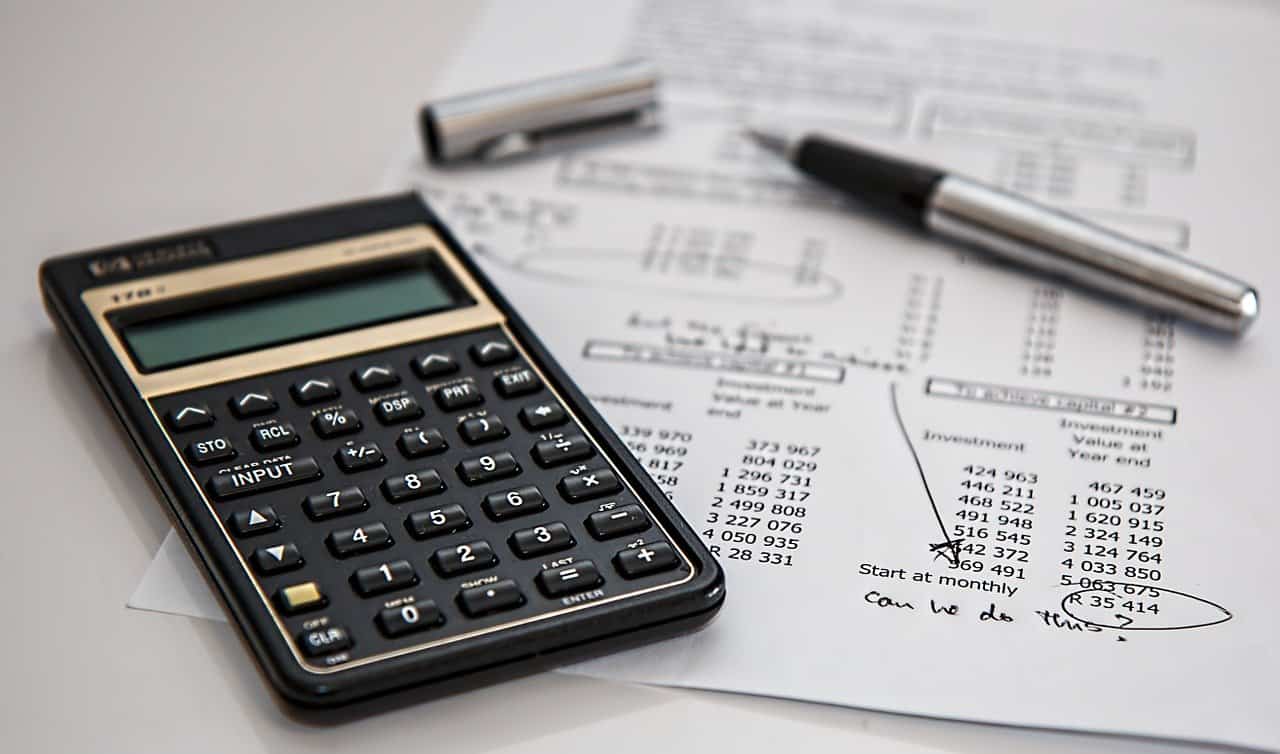
Uncontrolled debt servicing cost has again overshadowed the fiscal performance of the Pakistan Tehreek-e-Insaf (PTI) government that somehow managed to restrict budget deficit to 3.8% of gross domestic product (GDP) or Rs1.7 trillion in July-March of the current fiscal year.
The two departments that can be blamed for the historical low tax collection and growing debt servicing cost in the past one year are the Federal Board of Revenue (FBR) and the State Bank of Pakistan (SBP) respectively.
From July through March of the fiscal year 2019-20, the overall budget deficit shrank both in absolute terms and about the size of the national economy, primarily due to savings of Rs343 billion by provinces and hefty profit of Rs635.5 billion from the central bank.
The SBP’s profit was primarily on account of interest earned on loans extended to the federal government.
The overall budget deficit - the gap between total expenditures and revenues - stood at Rs1.7 trillion or 3.8% of GDP in the first nine months of the current fiscal year, according to the federal fiscal operations summary that the Ministry of Finance released on Wednesday.
The deficit was over Rs2 trillion or 5% of GDP in the same period of the previous fiscal year.
For the current fiscal year, the government had set the budget deficit target at 7.2% of GDP, which is now projected to widen to over 9.5% or Rs4 trillion due to the Covid-19-related economic shock.
From July through March, the federal government spent Rs1.9 trillion on debt servicing, which was higher by Rs420 billion or 28.8% over the same period of the previous year.
Domestic debt servicing stood at Rs1.64 trillion, up Rs368 billion, or 28.8%. Foreign debt servicing ate up Rs234 billion, an increase of Rs52 billion, or 28.5%.
The increase in interest payments was because of high-interest rates and the new debt acquired to finance the budget deficit. Till March 17 of the current fiscal year, the central bank kept its policy rate high at 13.25%, which significantly increased the government’s debt servicing cost.
The central bank kept the interest rate high besides giving sweeping tax concessions to lure hot foreign money, which at one point reached $3.6 billion before slipping to just $700 million.
Interest payments were equal to 79.1% of the net federal receipts of Rs2.4 trillion of the government.
Defence spending stood at Rs802 billion in July-March FY20, up 3.6%, and was in line with annual allocation.
However, after making interest payments on loans and meeting defence-related obligations, net federal revenues for July-March FY20 were negative by Rs307 billion. Total debt and defense spending amounted to Rs2.7 trillion or 112% of the net federal receipts.
Net federal receipts are calculated after excluding the share of four provinces from the gross federal receipts. Gross federal receipts stood at Rs4.3 trillion, which increased by one-third over the same period of the previous year due to an exceptional profit shown by the SBP and high taxes on petroleum products.
The share of provinces in federal collection increased Rs467 billion or 31% to Rs1.9 trillion. The four provinces get 57.5% of federal taxes as their share under the National Finance Commission (NFC) Award.
However, out of this sum, the four federating units saved Rs343 billion to help the federal government keep its overall budget deficit within the agreed ceiling.
The increasing cost of interest payments has overshadowed the government’s efforts to enhance both tax and non-tax revenues. There was double-digit growth in both tax and non-tax revenues, which was undermined by the double-digit growth in expenditures because of higher interest payments.
Tax revenues showed a 13.8% increase in the first half and stood at Rs3.3 trillion, up Rs399 billion.
The FBR remains the weakest link whose tax-to-GDP ratio has remained stagnant at 10% in the past 10 years, causing an increase in public debt. Other taxes grew 30% to Rs229 billion because of the increase in petroleum levy rates. The petroleum levy collection stood at Rs198 billion, up 40%.
Non-tax revenue collection increased to Rs1.03 trillion, showing 180% growth in the first nine months of the current fiscal year. This was because of the central bank’s profit of Rs635.5 billion in the nine months against earnings of Rs138 billion in the same period of last year.
Total federal expenditures stood at Rs4.4 trillion, which were higher by Rs767 billion or 21% over the same period of the last fiscal year. There was an increase of 23% in current expenditures, which stood at Rs4 trillion, according to the finance ministry.
Development spending, in the July-March period, increased by 26.3% to Rs417 billion.
Published in The Express Tribune, May 7th, 2020.
Like Business on Facebook, follow @TribuneBiz on Twitter to stay informed and join in the conversation.








































COMMENTS
Comments are moderated and generally will be posted if they are on-topic and not abusive.
For more information, please see our Comments FAQ